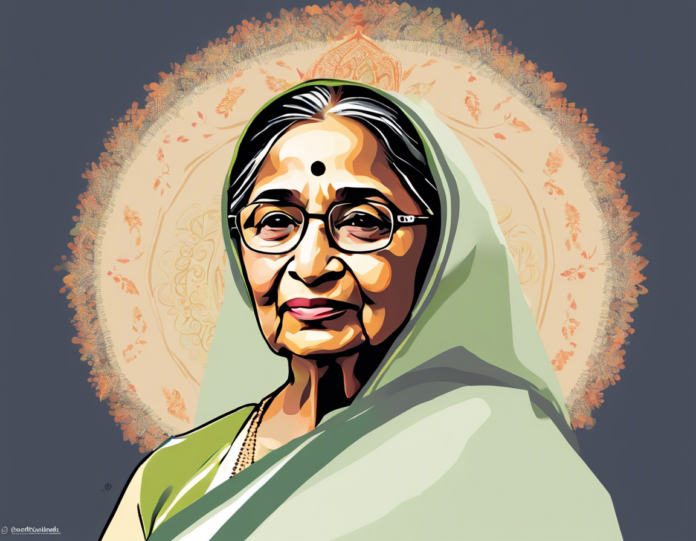India, a country rich in culture and history, is also known for its significant milestones in women’s empowerment. One such milestone was achieved in 2007 when Pratibha Patil was elected as the 12th President of India, becoming the first woman to hold this esteemed position in the country’s history. Her presidency was not only a historic moment but also a symbol of progress and inclusivity in Indian politics. Let’s delve into the legacy of Pratibha Patil and the impact she made during her term as the President of India.
Early Life and Political Journey
Pratibha Patil was born on December 19, 1934, in the village of Nadgaon, in the state of Maharashtra, India. She pursued a career in law and entered politics under the guidance of her husband, Devisingh Shekhawat, who was a prominent leader in the Indian National Congress party. Patil held various positions in the Congress party, including that of a Member of the Legislative Assembly and Member of Parliament. Her political journey was marked by a commitment to social welfare and women’s empowerment, which later defined her tenure as the President of India.
Presidency and Accomplishments
In July 2007, Pratibha Patil created history by being elected as the first female President of India, succeeding A. P. J. Abdul Kalam. During her term, Patil focused on issues such as education, healthcare, and women’s rights. She emphasized the importance of inclusive growth and social development, particularly in rural areas. One of her notable initiatives was the “Rajiv Gandhi Mission for Watershed Management,” aimed at sustainable development and water conservation.
Impact and Legacy
Pratibha Patil’s presidency was a significant milestone for gender equality and women’s representation in Indian politics. Her tenure inspired a new generation of women leaders and marked a shift towards a more inclusive and diverse political landscape in India. Patil’s emphasis on social welfare and development programs resonated with the common people, earning her respect and admiration across the country. Her legacy continues to inspire women to break barriers and strive for leadership roles in various fields.
Challenges and Criticisms
While Pratibha Patil’s presidency was historic, it was not without its challenges and criticisms. Some critics pointed out issues related to transparency and accountability during her term. There were controversies surrounding her post-retirement bungalow allocation and expenses incurred during foreign trips. Despite these challenges, Patil’s legacy as India’s first female President remains a testament to her resilience and determination in breaking gender barriers in politics.
Frequently Asked Questions (FAQs)
1. What were Pratibha Patil’s main priorities as President of India?
– Pratibha Patil focused on issues such as education, healthcare, and women’s rights. She emphasized inclusive growth and social development, particularly in rural areas.
2. How did Pratibha Patil contribute to women’s empowerment during her presidency?
– Pratibha Patil’s historic presidency served as a symbol of women’s empowerment in Indian politics. She inspired a new generation of women leaders and emphasized the importance of gender equality.
3. What initiatives did Pratibha Patil undertake during her tenure as President?
– Pratibha Patil launched initiatives such as the “Rajiv Gandhi Mission for Watershed Management,” aimed at sustainable development and water conservation. She also advocated for social welfare programs and inclusive growth.
4. What challenges did Pratibha Patil face during her presidency?
– Pratibha Patil faced criticisms related to transparency and accountability, including controversies surrounding bungalow allocation and expenses incurred during foreign trips. Despite these challenges, she remained committed to her goals as President.
5. How did Pratibha Patil’s presidency impact the Indian political landscape?
– Pratibha Patil’s presidency marked a significant milestone in Indian politics, showcasing the increasing role of women in leadership positions. Her legacy continues to inspire women to pursue leadership roles and contribute to the country’s development.
In conclusion, Pratibha Patil’s journey from a small village in Maharashtra to becoming the President of India is a story of grit, determination, and resilience. Her legacy as India’s first female President serves as a beacon of hope for future generations and a reminder of the importance of inclusive leadership. Patil’s contributions to social welfare, women’s empowerment, and sustainable development continue to shape India’s political landscape and inspire individuals to strive for excellence in their endeavors.



